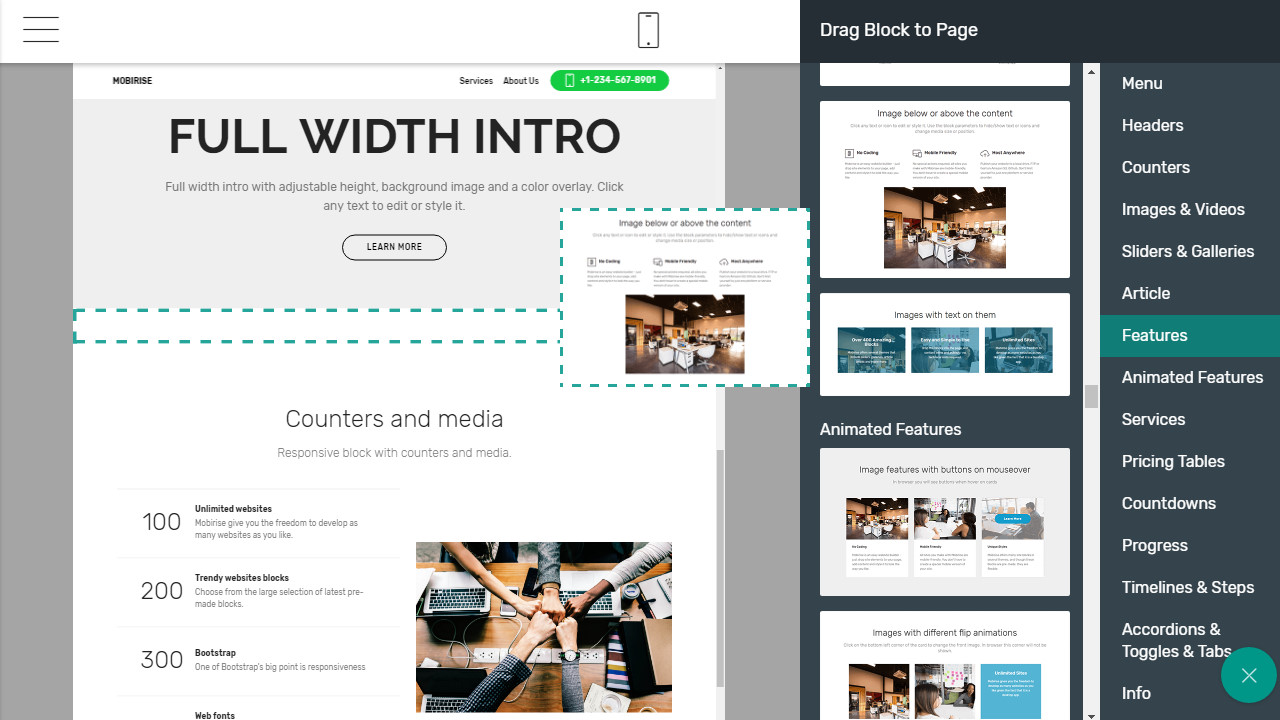
Adobe Flash was the main tool of banner creation for a while, but its popularity started to drop as soon as devices such as Apple iPhone became popular (they do not support Flash at all), and the final nail in the metaphorical coffin has been Adobe themselves pulling the plug on Flash support completely earlier this year. Two more important facts here that should be taken into consideration are Flash and mobile advertisement.
Google ad html5 builder options update#
Data feeds can be used to update banners dynamically.The creation of different translations and ad variations is extremely easy.Possibility to capitalize on the ever-growing mobile ad market with responsive ads.Much more control over the end design when compared to different formats.Allows for efficient collaboration in-house and across different parts of your company.Easier production for effective and content-rich banners.Scalability to a large number of sizes and formats.Some of the advantages that HTML5 as a format offers are: Reason number one is the sheer versatility of responsive ads that can be created with HTML, making sure to represent all of the different sides of your brand on the Internet. HTML5 banner advertising is quickly moving towards becoming a default format for online advertising in general, and there’s a number of reasons for that. The last example is going to be our topic for today. These types of ads come in several different formats, including JPG, PNG, GIF, and HTML5. That being said, image-based ads are still the most popular ones, both still and animated. However, you have to know the differences and nuances of various ad types to use them in the most effective way. Online ads have been doing extremely well for more than a decade and show no signs of stopping anytime soon. If(prevLat != || prevLong != advertising has always had a lot of ways to promote itself, and this includes online advertising, too. Check position has been changed or not before doing anything ToggleWatchBtn.innerHTML = "Stop Watching" However, watchPosition() may trigger the success function multiple times - when it gets the location for the first time, and again, whenever it detects a new position. The watchPosition() has the same input parameters as getCurrentPosition(). However, the geolocation object has another method watchPosition() that allow you to track the visitor's movement by returning the updated position as the location changes. Īll the examples we've used so far have relied on the getCurrentPosition() method. Please check out the following URL to learn more about the Google Maps Javascript API. Var map = new (document.getElementById("embedMap"), myOptions) Let's take a look at the following example: However, you can also create interactive Google maps with dragging, zoom in/out and other features that you have come across in your real life. The above example will simply show the location on the Google map using a static image. Var mapLink = ""+latlong+"&zoom=16&size=400x300&output=embed" ĭocument.getElementById("embedMap").innerHTML = "" The following example will show your current location on Google map based the latitude and longitude data retrieved through the HTML5 geolocation feature. You can do very interesting things with geolocation data, like showing the user location on Google map. Result.innerHTML = "Geolocation failed due to unknown error." Result.innerHTML = "The attempt timed out before it could get the location data." Result.innerHTML = "The network is down or the positioning service can't be reached." Result.innerHTML = "You've decided not to share your position, but it's OK. Define callback function for failed attempt Result.innerHTML = "Your current position is (" + "Latitude: " + + ", " + "Longitude: " + + ")" Define callback function for successful attempt Result.innerHTML = "Getting the position information." Īlert("Sorry, your browser does not support HTML5 geolocation.")

If geolocation is available, try to get the visitor's position Result = document.getElementById("result") Store the element where the page displays the result


 0 kommentar(er)
0 kommentar(er)
